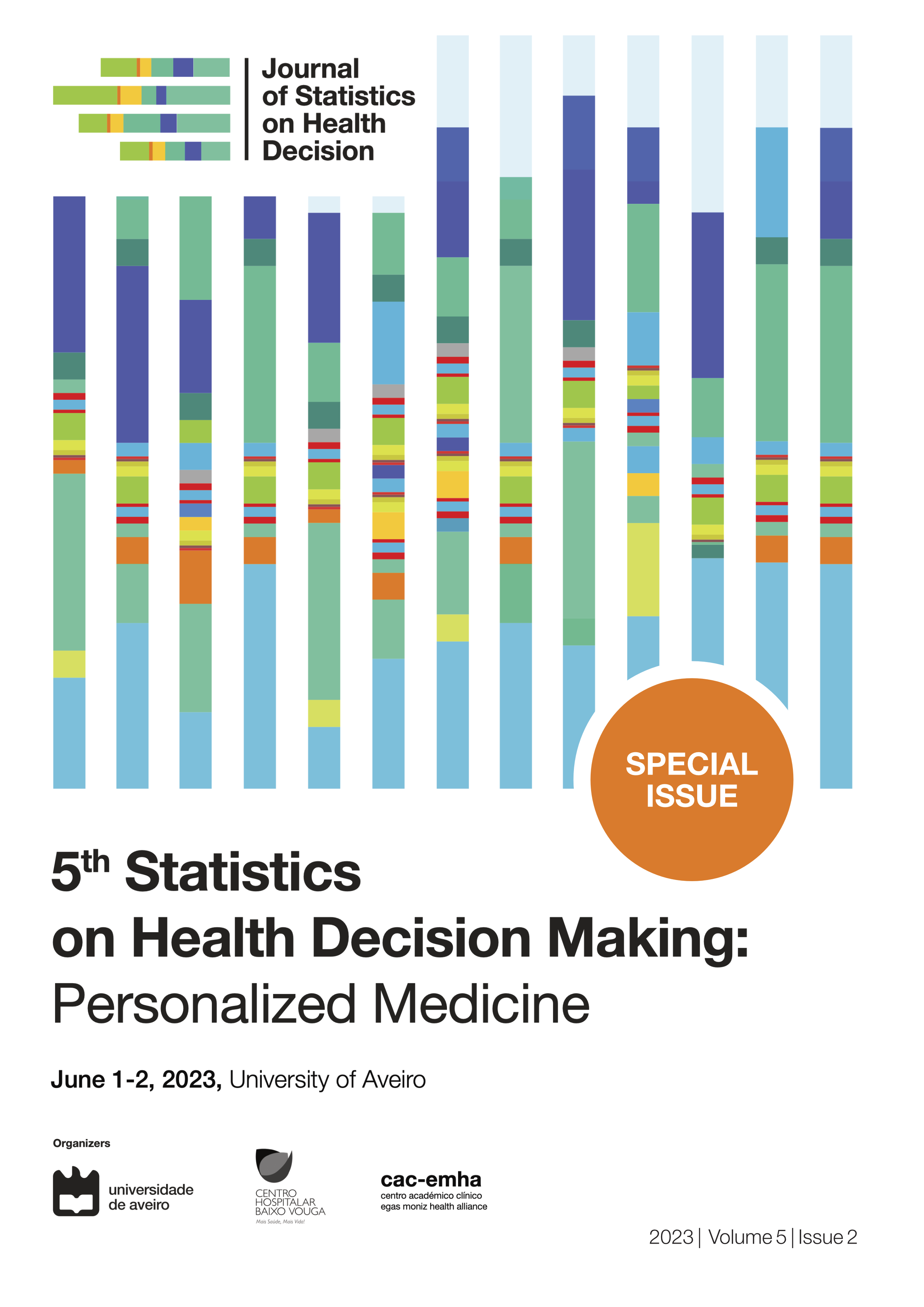Relationship between WAI, BriefCOPE and COPSOQII scales: a multivariate analysis on health care professionals
Abstract
Background/Objective: Individual health and organizational performance are strongly influenced by how people manage stress, or how they cope. Analysis and understanding of bidirectional association of BriefCOPE and COPSOQII and a unidirectional association of these two with “Índice de Capacidade para o Trabalho (ICT)”, a Portuguese version of Work Ability Index (WAI) in a health care professionals (e.g. Physicians, Nurses…) database (incomplete cases: n=909, complete cases: n=652).
Methods: The Brief-COPE is a 28 item self-report questionnaire designed to measure effective and ineffective ways to cope with a stressful life event. The psychosocial factors of work were evaluated using the COPSOQII. This questionnaire comprises 76 items divided into 29 scales. The WAI assesses the work ability, considering their health status, physical and mental demands, and work-related resources. To explore the association between Sociodemographic variables, BrieCOPE and COPSOQII with WAI, the chi-squared test (for categorical variables) and the Kruskal-Wallis test (for quantitative variables) were applied. Exploratory Factorial Analysis (EFA) and Confirmatory Factorial Analysis (CFA) methods todetermine the model structure and fitness were also used.
Results: The WAI classification for the health care professionals was: poor/moderate (n=123; 18.9%), good (n=349, 53.5%), excellent (n=180, 27.6%). The sociodemographic variables showed no significant association with WAI categories. For the BriefCOPE scale, significant results were found with WAI categories in 8 of 14 dimensions (e.g active coping, denial, and substance use). For the COPSOQII scale, significant results were found with WAI categories in 28 of 29 dimensions (e.g work pace, burnout, and bullying). By EFA, the best model of BriefCOPE (oblimin rotation) with 4 dimensions was obtained, explaining in total 55% of the data variance. The best resulting model for COPSOQII, composed of 7 dimensions (varimax rotation), explains 63% of the total variance. These best models were used to be compared to the respective CFA. The results for the CFAs were not satisfactory given that the CFI and TLI indices were not good.
Conclusions: The main conclusion is that the fitting of the models does not have good results, even considering the models proposed by EFA. This might be explained due to the aggregation of all heath care professionals since different types of healthcare professionals have different work environments and demands.
Copyright (c) 2023 Alina Humenyuk, Inês Baptista, Rodrigo Antunes, Pedro Sá-Couto, Marco Ramos

This work is licensed under a Creative Commons Attribution 4.0 International License.
When submitting an article to the Journal of Statistics on Health Decision (JSHD), authors certify the following clauses:
- Originality and single submission – The contents presented in the article have not been published previously in whole or in part, and were not submitted or are not under active consideration elsewhere prior JSHD decision. The article is authentic and does not contain plagiarism.
- Authorship – All authors reviewed the article, agreed with its content, and agreed to its submission to the JSHD. All the authorship criteria stated by The International Committee of Medical Journal Editors Guidelines were met.
- Conflicts of interest – Any conflict of interests were declared. If authors have no declaration, it should be written (in the acknowledgements section): “The authors declare no conflict of interests”.
- Ethics committee and informed consent (if applicable) – The current research was approved by an independent ethics committee and subjects gave their informed consent before they were enrolled in the study.
- And authors agree to the Open Access license agreement of the Journal of Statistics on Health Decision, stated bellow.








